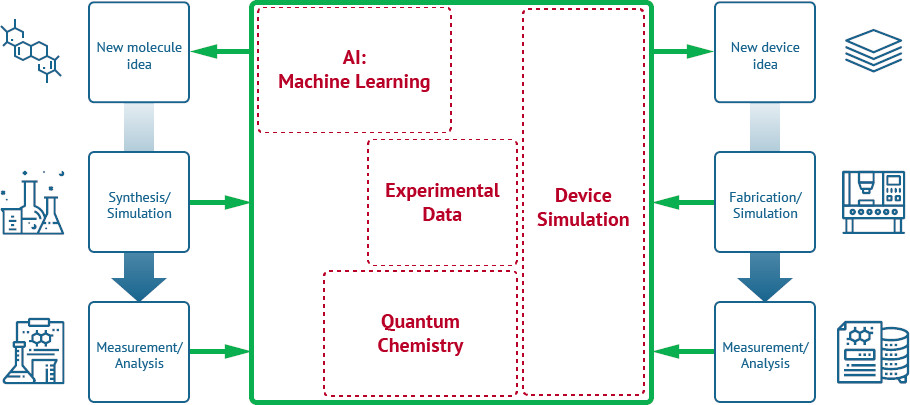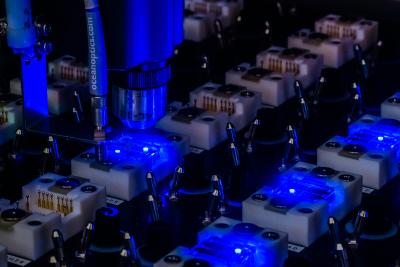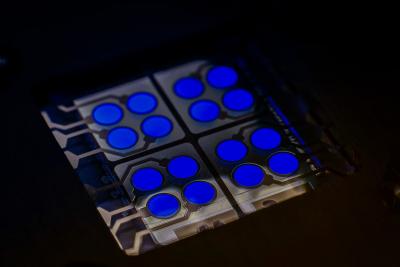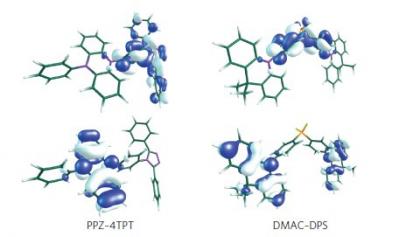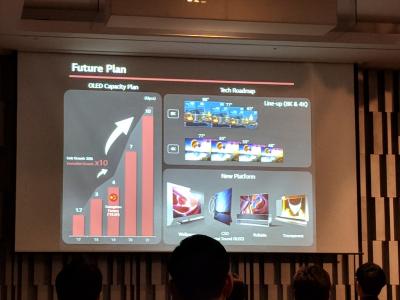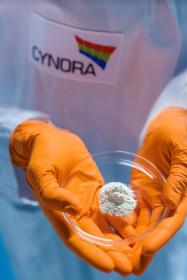Samsung Display acquires TADF material developer Cynora
According to reports, Samsung Display acquired OLED material developer Cynora, for about $300 million. Samsung acquires just the IP and technology, and Cynora terminated its entire workforce a couple of weeks ago. Samsung is already an investor in Cynora, and so is LGD.
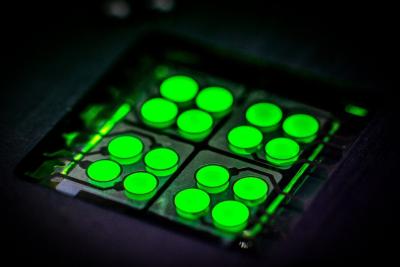
Cynora has been low on cash (its last financing round was in 2019), according to reports, and did not manage to find new investors, and so the company opted to be sold to Samsung. The reported sum seems to be rather high for an emergency exit, and some later reports quotes much lower sums, perhaps even around $30 million or so.


